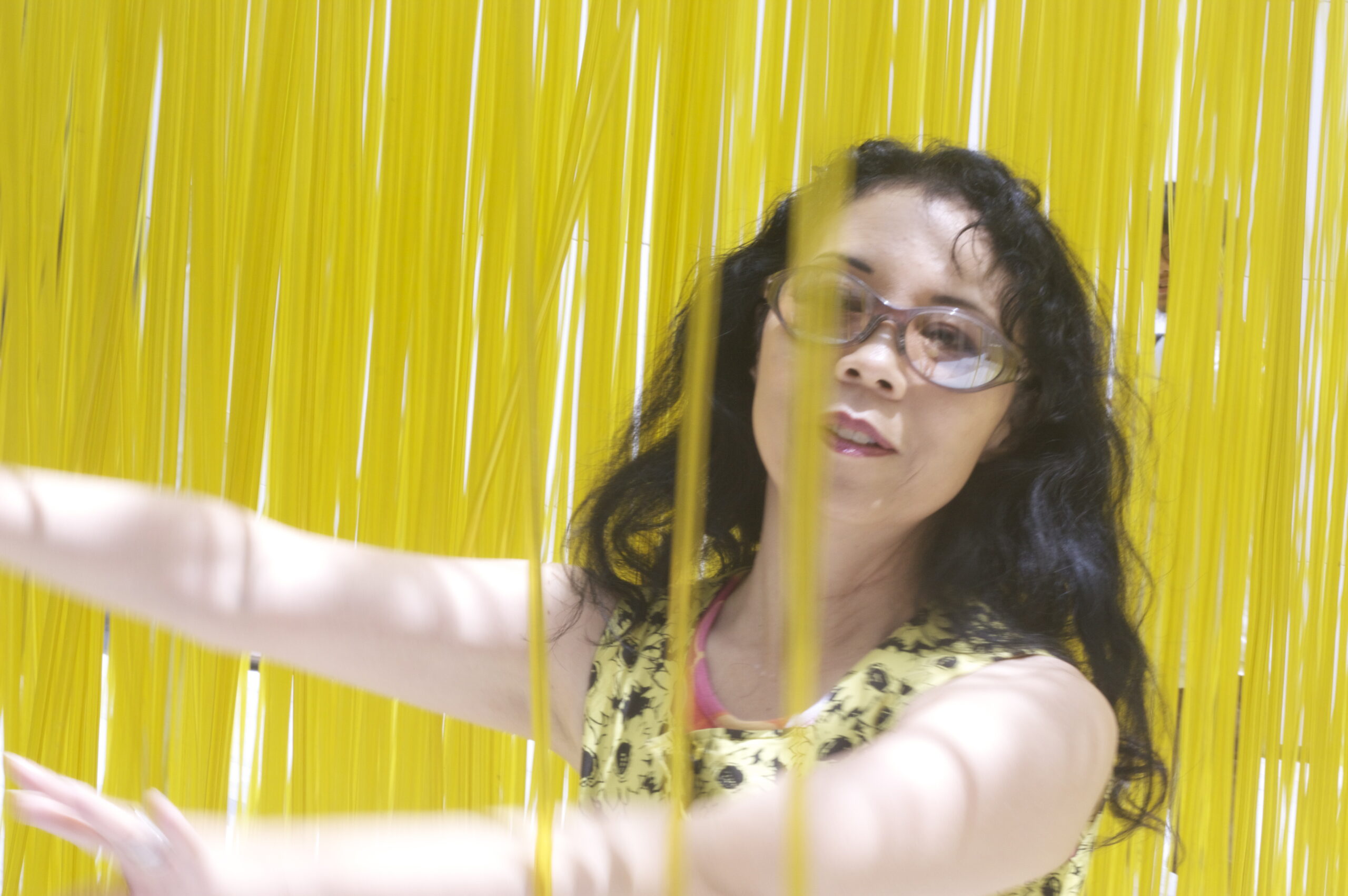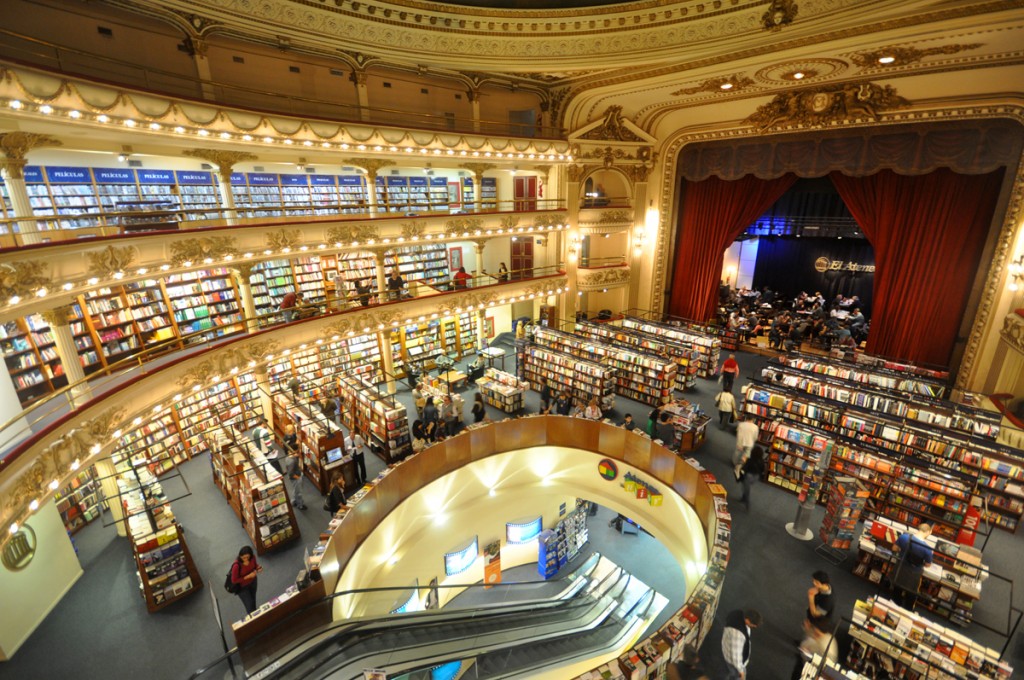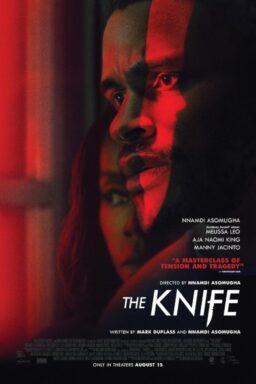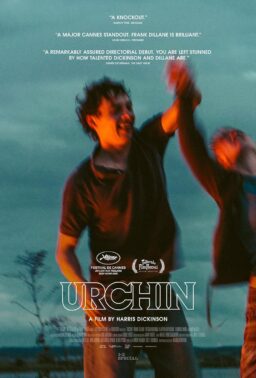Movies are made from books. Books are made from movies. The future of movies isn’t in doubt. Yet for several years there has been talk about how Amazon.com, e-books and Kindles have collectively signed the death warrant for bookstores and even books—the kind of books that are bound and made of paper. Science and technology are essentially killing books. But perhaps art and science will save books with a little help from movies.
I love the Internet and my smartphone. Yet not every country or even every city in every country has reliable Internet access. A trip to New Mexico showed me that. Amazon.com doesn’t dominate access to books in every country either.
In Buenos Aires, there seemed to be bookstores on every block. I read some Spanish; my husband does not. Still, on our free day at the end of our October 2013 ten-day tango tour of Buenos Aires, we visited one of the most beautiful bookstores in the world: El Ateneo. I was only there because of an electronic conversation with Roger Ebert. Roger may have loved movies, but he also loved books and encouraged me to collect them.
El Ateneo was on a list of the most beautiful bookstores in the world, but it wasn’t built as a bookstore. When Empresario Max Glucksman opened the building up in 1919, it was a theater named El Ateneo Grand Splendid and was capable of hosting an audience of 1,050. It would not have been out of place on a tango tour; tango artists such as Carlos Gardel performed there and it had its own radio station in 1924, Radio Splendid. Theater and tango haven’t died in Buenos Aires, but since 2000, El Ateneo has been a bookstore.
As with many bookstores, books aren’t the only thing you can buy at El Ateneo. On the bottom floor, there are CDs. On one of the top floors, there are DVDs, everything from Roger Ebert’s beloved Fellini movie, “La Dolce Vita” to one of his least favorite, “Deuce Bigalow: Male Gigolo.” From that vantage point, looking up you can see the mural of heaven on the ceiling. Looking down, you can see the stage which has been repurposed as a cafe. You can walk on the stage where Gardel, whose December birthday has been designated International Tango Day, once sang.
My major purchase in Buenos Aires was a bilingual art book written in Spanish and English. Art books are, I tell my husband, highly collectible, even in Los Angeles, even in this electronic age.
Returning to Los Angeles County after that trip, I learned that my favorite used bookstore, Cliff’s Books in Pasadena, had closed. I used to spend hours wandering amongst the bookshelves and the store was open until midnight. You could call Cliff’s Bookstore and ask about their inventory, but it would have done you little good.
Cliff didn’t keep an inventory and he didn’t allow the Internet age and high tech software to help him keep his inventory. When I spoke to him to profile his shop for the Pasadena Weekly several years ago, I could hear him mentally cursing the Internet between each sentence in his intonation. He never put up his rare editions on eBay, or on specialized rare book websites. That might have saved him, but for some, science is a curse that they will never turn into a blessing.
More recently, in my search for a certain rare and out-of-print book on the history of Argentine tango, I ordered the book from a small bookstore in a small San Diego County town. The sales clerk said the Internet kept them alive. The Internet replaced hundreds of phone calls and hope-filled treks to bookstores across town and beyond. Independent bookstores are not dead and they may survive the big block bookstores like Borders and Barnes & Noble. Call it a reversal of the 1998 romantic comedy “You've Got Mail.”
Yet if Pasadena has lost my favorite used bookstore, it still has the Huntington Library, filled with rare books, treasures for both science and art. You can wander through and look at rare books kept safe in glass enclosures. Some you can page through electronically. I believe that art and science will save the book and not just for collectors. Science can help us rediscover books.
Until 22 June 2014, the Huntington Library hosts a rare treasure, proof that high-tech excavations can bring back books from the dead: Archimedes’ Palimpsest.
Archimedes lived in Sicily during the third century B.C. He died during a siege in 212 B.C., killed by a Roman soldier. He was a great mathematician, engineer and astronomer. Recently a quiet wind turbine was created using the famous Archimedes screw. He remains relevant to us today.
The Palimpsest dates from the 10th century where in what was Constantinople (now present-day Istanbul) an anonymous scribe copied Archimedes’ mathematical treatises onto parchment in the original Greek. Parchment was a valuable resource. So much so that 300 years later, a Greek Orthodox monk recycled the parchment, erasing the Archimedes text, cutting the pages along the center fold and rotating the leaves by 90 degrees. He then folded them in half and bound them with other leaves of erased manuscripts to make a prayer book. Palimpsesting is the process of such recycling, once commonplace in Europe.
In the late 1800s, an Archimedes scholar saw the prayer book in Istanbul and took photos. He recognized the underwriting of what was the oldest surviving source for Archimedes’ writing, but the book disappeared. During the intervening decades pages went missing, a forger added paintings to try and pass the prayer book off as medieval and there was some intrigue during World War II. In 1998, the book was sold to a private American collector.
The Walters Art Museum became the new home of this rare book that had been singed by fire and dirtied by dripping wax. About 80 scientists worked to conserve the book and then with the use of a high-tech imaging process to discover the writings about Archimedes. Science can now excavate without digging to find a treasure.
Not everyone can afford a book so rare but antique and ancient books aren’t the only collectibles. Bookstores and publishers aren’t ready to give up on books quite yet. Twenty years ago, Barnes & Noble began their Collectible Editions, but not all of these leather bound books are from classics of the past. In recent years, each book has been given “its own personality” according to Barnes & Noble spokesman, Alan McNamara. The collection includes a Star Wars edition with Darth Vader on its cover although the most popular are “Grimm’s Fairy Tales” and the “Complete Tales and Poems of Edgar Allen Poe” and “The Complete Sherlock Holmes.” A hot-pink edition of “Alice in Wonderland” is also a hot item.
The search for books goes beyond bookstores. Comic book conventions began to help people search for books, book makers and illustrators. At Wonder-Con, one of the hot items was an art book: Insight Editions’ “Game of Thrones: A Pop-up Guide to Westeros” by Matthew Reinhart. Selling for a discounted $40, the publisher’s booth sold out before the end of the weekend. The book is so complicated, refolding it is something of an art. At first I thought making something this complicated was the magic of computer science and highly specialized software, but pop-ups are still a craft. The algorithms are hidden in the minds of a few.
Matthew Reinhart, the pop-up engineer, commented via email, “I don’t start out the initial design process using computer programs; it’s all hand assembly with paper, tape and scissors. However, once the engineering of a pop-up is where I want it, I do use Adobe Illustrator to trace digital die lines (lines used by the manufacturer to reproduce the pop-up pieces) of all the pieces of my hand-made pop-up, which I can then rebuild and adjust to fix any unseen issues.”
Insight Editions specializes in books about movies and TV topics, music and musicians. Pre-sales at Amazon.com had indicated that their non-pop-up hardcover “Godzilla: The Art of Destruction” was going to be a best-seller. Because the book reveals more about the scaley guy than the movie itself, the book didn’t ship until two days before the official opening of “Godzilla” 2014. The book is about movie-making—from the development of the Godzilla and the MUTO to the publicity campaign San Diego Comic-Con 2013 Godzilla Experience.
This coming San Diego Comic-Con in July, Insight Editions will have a movie art book on the Teenage Mutant Ninja Turtles. Cowabunga!
If books can be made of movies, now some books can almost magically include movies. Martin Scorsese’s “Hugo” showed two young children reading a book about film history in a library. As Hugo (Asa Butterfield) and Isabelle (Chloe Grace Moretz) look at illustrations of movies, Scorsese transitions to the movies.
Augmented Reality technology, the same virtual reality that made the San Diego Comic-con 2013 Godzilla Encounter possible, using GPS coordinates to show “radiation” readings and using graphics to cue translating Japanese signs into English on your smart phone, has been incorporated into two science fiction graphic novels from Anomaly Publishing: “Anomaly” and “Shifter.” Think of it as a “digital virtual pop-up book” where certain pages have special features.
Skip Brittenham and Brian Haberlin formed Anomaly Productions in order to produce graphic novels that would take advantage of high tech developments through apps and multi-platform media. Together, they created and wrote “Anomaly” and then “Shifter.”
Although both books work with Android and iPhones (and the respective electronic tablets), more images are available with Apple technology, in my case a mini iPad. The interactive videos are not just images of the characters and the beasts they encounter, but also informational profiles. The animation is crude compared to the 3D generated movies we see on the big screen today, but in time, one imagines that will change. The future of books may in time become like high tech versions of the extra illustrated book.
Extra illustrated books are books that are altered and augmented with illustrations and other information. The practice was once known as grangerizing, after a British clergyman James Granger who in 1769 published “Biographical History of England, from Egbert the Great to the Revolution” and illustrated it using portrait prints he found at print stalls in Europe. While Granger didn’t originate extra illustration, his collection of prints started a fad.
Historical portraits, original works of art, autographed letters, stamps and more were used to illustrate books. The practice while something like scrapbooking also verged on destructive, resulting in the raiding and mutilation of many books until the practice eventually died down in the late 1800s.
Insight Editions’ Ninja Turtle book comes ready made extra illustrated with small letters and diagrams attached to the book. With the current rage of scrapbooking, who knows how far other people will go? It’s easy to imagine other publishers following the path set by “Shifter” and “Anomaly.” Both publishers, Insight Editions and Anomaly Publishing, are expected to be at San Diego Comic-Con in July.
In the future, more books will be like “Anomaly,” books that have movie videos connected to pages via apps and from there, like “Anomaly,” those books may make the jump to the big screen. The 370-page hardcover book will be made into a live-action movie financed, produced and distributed by Relativity.
Imagine a future where more books can be unlocked by specialized apps. A few years back, when I was reading a book about swing dancing, I would search for each reference and find the appropriate YouTube video. Someday, that’s how I imagine books about dance and film will operate, with digital pop-ups, clips from movies, like the library scene in “Hugo.” Perhaps some day someone will make an app where you can take your own books and digitally grangerize them, this time with videos.
Movies are made from books. Books are made from movies. In the future, movies will be made for books and perhaps movies and science will save books from extinction.












